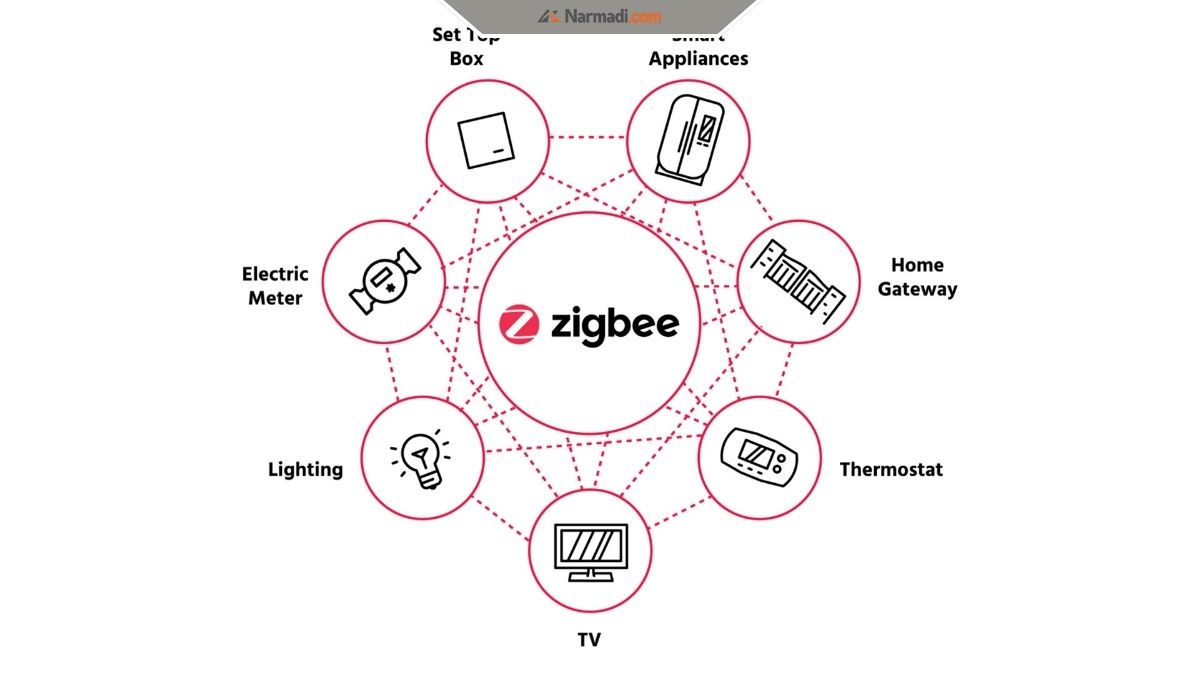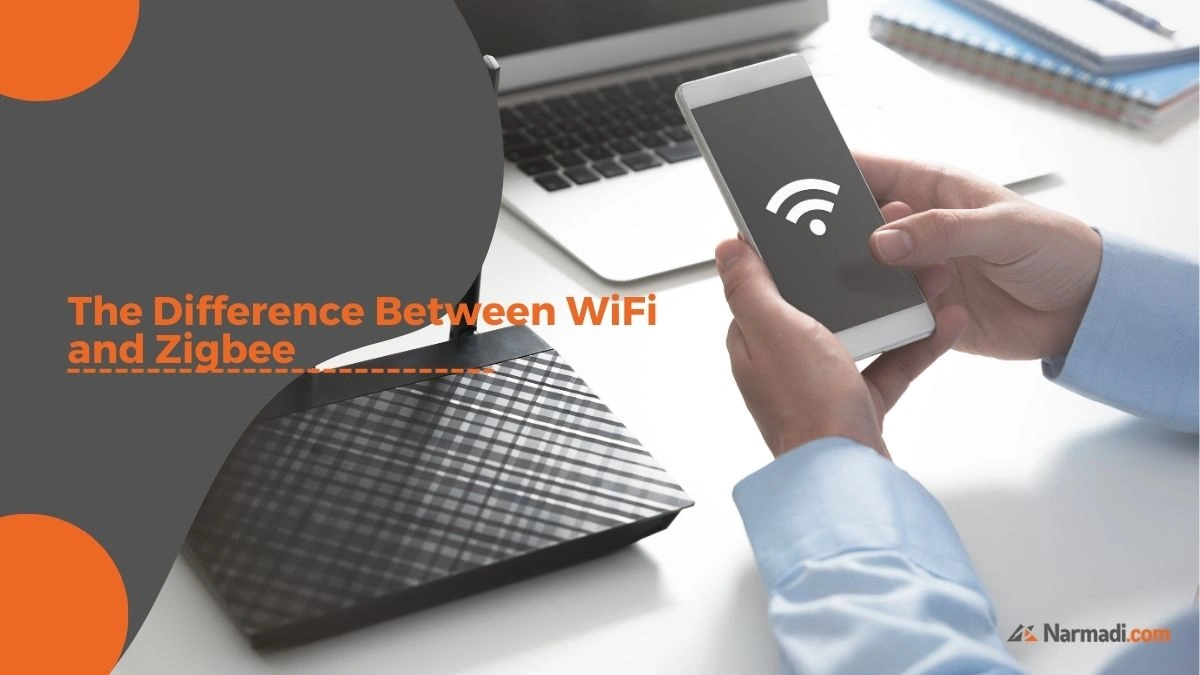WiFi and Zigbee has been a staple choice for connection especially in smart home devices. WiFi can provide you with better convenience, faster connection, great scalability and great mobility.
While Zigbee will offer you with high device connectivity, more security, and mesh network topology that can minimize failures in networking systems.
Aside from that, what else is the difference between WiFi and Zigbee? Let’s dive deeper in this article!
Also Read
Table of Contents
Difference Between WiFi and Zigbee

1. Frequency Bands
WiFi operates on both 2.4Ghz spectrum and the 5GHz depending on the availability of the spectrum in different countries.
Zigbee on the other hand, utilizes the 2.4GHz ISM band that is similar to Bluetooth connection, that is specifically utilizing 16 channels ranging from 2405MHz to 2480MHz.
2. Data Rates
To put it simply, WiFi wins by significant margins with the latest WiFi6 standard, 802.11ax that offers maximum data rates of up to 9.6Gbps.
In contrast, Zigbee’s maximum data rate only tops out at 250kbps. However Zigbee distinguishes itself with optimized low power consumption.
3. Range
WiFi networks that use 2.4Ghz networks can have a range of up to 50m indoors and 100m outdoors.
Zigbee on the other hand provides coverage ranging from 100-100m for smart home and sensor networks.
However, both of those networks’ maximum range is influenced by many factors such as environment condition, power output and antenna gain.
4. Power Consumption
Zigbee wins in this aspect as it prioritizes low power consumption. With that being said, Zigbee is more ideal for battery-powered devices.
Some newer connections such as Bluetooth Low Energy (BLE) also highlight energy efficiency as its key focus as well.
On the other hand, WiFi consumes more power due to high bandwidth, but it has improved for IoT applications.
5. Network Topology
WiFi networks adopt a point-to-hub topology where devices connect to a central access point. A direct peer-to-peer connection is also feasible with the help of Ad-hoc networks with WiFi.
Zigbee supports mesh, star and tree network topologies with every topology offering different advantages. For example, mesh networks offer flexible routing, while you can have a higher efficiency by using star networks.
6. Cost
Generally, Zigbee is far more cost-effective compared to WiFi. This is because it uses simpler hardware which in turn makes it cheaper than WiFi.
WiFi’s hardware costs on the other hand are more expensive with chip and access points contributing for most of its cost.
And in addition to that, the difference of operating cost between those two is also significant, with WiFi being higher due to increased power consumption and Zigbee being cheaper due to optimized low power operation.
Here we provide you the table to give you a better understanding of the difference between WiFi Vs Zigbee:
| WiFi | Zigbee | |
| Specifications authority | IEEE Standards Association | Zigbee Alliance |
| Standard | 802.11 | 802.15.4 |
| Frequency band | 2.4 GHz and 5GHz | 2.4 GHz, 850 – 930 MHz |
| Data rate | 10-100+ Mbps | 20-250 Kbps |
| Transmission range | Up to 100m | Up to 100m |
| Power consumption | High | Low |
| Network topology | Point to hub, ad hoc | Mesh, star, tree, ad hoc |
| Security | Authentication service set ID (SSID) | 128 bit AES and application layer user defined |
| Complexity | Complex | Simple |
| Cost | Low | High |
| Application | Wireless local area network connection, broadband Internet access | Home automation and control, industrial monitoring sensor network |
There you go! The difference between WiFi and Zigbee that we’ve carefully summarized for you!
In conclusion, both WiFi and Zigbee offer distinct advantages depending on the needs of a smart home or IoT system. WiFi excels in providing fast data rates, wide coverage, and mobility, making it ideal for high-bandwidth applications.
However, it consumes more power and is more expensive. In contrast, Zigbee is optimized for low power consumption, making it more suitable for battery-powered devices and cost-effective deployments.
Its mesh network topology also enhances connectivity reliability. Ultimately, the choice between WiFi and Zigbee depends on the specific requirements of device connectivity, power efficiency, and cost.


















